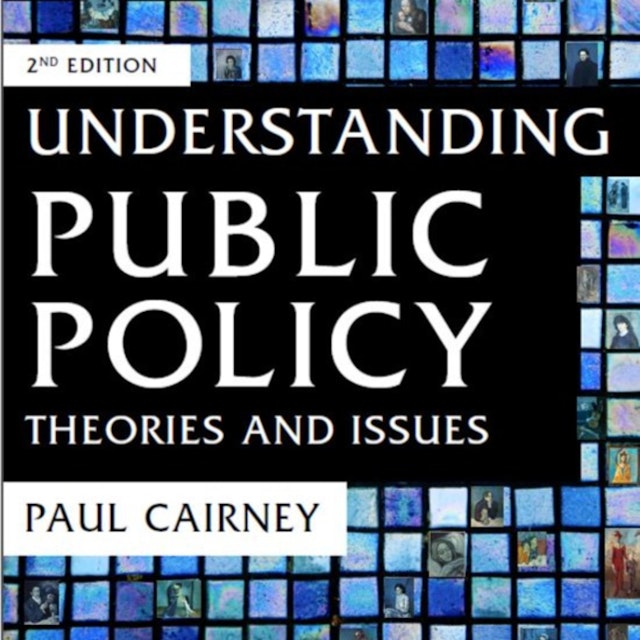From Policy Concepts in 1000 Words: Power and Ideas
Compare with Policy in 500 Words: Power and Knowledge
Policy theory is about the relationship between power and ideas. These terms are difficult to disentangle, even analytically, because people often exercise power by influencing the beliefs of others. A good rule of thumb, from classic studies, is that the more profound and worrying kinds of power are the hardest to observe.
Dahl argued that elitism was unobservable; that it was ‘virtually impossible to disprove’ the idea that inequalities in society translate into systematic advantages across the political system. Dahl’s classic statement is that, ‘A has power over B to the extent that he can [or does] get B to do something that B would not otherwise do’. To demonstrate this power requires the identification of A’s: resources, means to exploit those resources, willingness to engage in political action; the amount of power exerted (or threatened) by A and the effect of A’s action on B. Dahl identified ‘key political choices’ involving a significant conflict of preferences – suggesting that the powerful are those that benefit from ‘concrete outcomes’. He identified inequalities in many areas but no overall, coordinated, control of the policy process. His work is often described as ‘pluralist’.
Subsequent debates were based on a critique of pluralist methods. Bachrach and Baratz argued that the ‘second face’ of power is exercised before Dahl’s ‘key political choices’. Power is not simply about visible conflicts. It can relate to two barriers to engagement. First, groups may exercise power to reinforce social attitudes. If the weight of public opinion is against government action, maybe governments will not intervene. In such cases, power and powerlessness relates to the inability of groups to persuade the public, media and/ or government that there is a reason to make policy; a problem to be solved. Second, policymakers can only pay attention to a tiny amount of issues for which they are responsible. So, groups may exercise power to keep some issues on their agenda at the expense of others. Issues on the agenda may be ‘safe’ – more attention to them means less attention to the imbalances of power within society. Schattschneider argues (in A Realist’s View of Democracy) that the structures of government, such as legislative procedures controlling debate, reinforce this problem when determining which conflicts receive attention and which are ignored.
The ‘third dimension’ of power suggests that people or organizations can be powerful without appearing to act.
[see Policy Concepts in 1000 Words: Power and Ideas for more]
The podcast Understanding Public Policy (in 1000 and 500 words) is embedded on this page from an open RSS feed. All files, descriptions, artwork and other metadata from the RSS-feed is the property of the podcast owner and not affiliated with or validated by Podplay.
